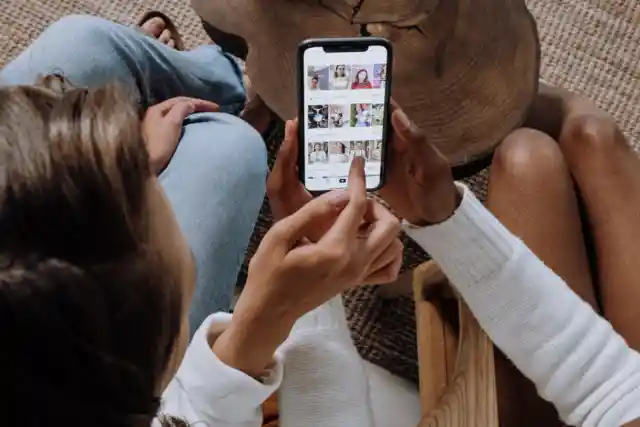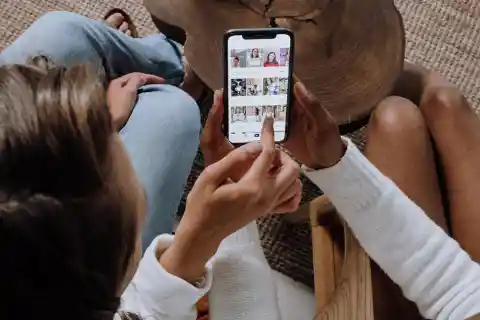Virtual Shopping From Your Home
One of the most difficult aspects of online shopping is that it does not allow for a full sensory product experience. Well, we do have solutions for this now and that is Augmented reality Shopping. So what is this AR shopping? Let’s do a quick rundown. Augmented reality shopping, to simply put it, is a fun 'try-before-you-buy' digital experience. Customers can now visualize things in real-time from the comfort of their own homes thanks to innovative augmented reality technology. Full 3D visualizations allow buyers to preview how things could appear in their area before committing to purchase, minimizing the temptation to order numerous items to test out before picking one and returning the others, a practice that is becoming more prevalent. Augmented reality shopping apps are increasingly being used to lessen the trouble and expense of returning an item, benefiting both the customer and the seller. And some apps are just going beyond the mile to give you the best AR experience. Here’s a list of the top 10 applications that gives the best out of the best experience. 1. Home Depot House Depot's primary mobile app's capability was enhanced in 2017 to allow customers to overlay Home Depot items in any area of their home. The software can determine the size of a limited number of Home Depot products ranging from refrigerators to chandeliers. This allows the buyer to see a 3D image of a product in whatever area they like. 2. L’Oreal L'Oreal now provides augmented reality-powered makeup try-on experiences in partnership with Facebook. Customers may use their smartphone cameras to take photos of themselves and then apply virtual L'Oreal cosmetics, such as lipsticks and nail paints. They can tilt their head and view the makeup from different perspectives. Many clients have difficulty imagining how products will look on their own skin or nails, and using samples is not always possible. The app allows consumers to visually try L'Oreal products before making a purchase choice. 3. Warby Parker Warby Parker's app has an augmented reality function that allows clients to virtually try on glasses from the comfort of their own homes. Because the company cannot hold all of its merchandise in its stores, this is an excellent opportunity for customers to "try on" a wider choice of items. Warby Parker implemented the capability after observing that consumers frequently take photos of themselves while putting on glasses in-store and then share those photos with friends. Customers may now do so quickly and conveniently via the retailer's app. 4. IKEA IKEA has created The Place App, which allows customers to use augmented reality using their smartphone camera to place furniture products in their homes and see how they will look in their homes. All you have to do is point your smartphone camera at your living space while using the IKEA Place app. The program then automatically evaluates the room and makes furniture choices based on the measurements. IKEA's app was among the first to make use of Apple's augmented reality technology. 5. Nike Nike Fit, the company's app, includes an augmented reality function. Customers may use this tool to determine their real shoe size. All users have to do to enable the app's functionality is aim their phone's camera at their feet, and the app will calculate their shoe size. All of this may be done in less than a minute from the comfort of the customer's home. And this is not the end of it. The customer's shoe size is kept in the app once it has been measured. If a consumer is shopping in-store, a sales associate can get the customer's shoe size by scanning a QR code in the app. No more guessing your show size. 6. Target Similar to Ikea’s Place app, Target has launched its own AR app which allows users to virtually see products in their home settings. The feature is called See it in Your Space, and it allows users to see what various furniture products look like in their own homes in 3D. To see all of the goods that are available in augmented reality, simply put "See It in Your Space" into the search box of Target's app. 7. Sephora Sephora is a big and established name in the makeup industry and it shouldn’t be a surprise that even they have entered the AR app trends. Sephora's cutting-edge mobile app includes a Virtual Artist. Customers may digitally try on things thanks to the Virtual Artist's usage of face recognition technology. Customers use the app to scan their faces. They can then use the app to test various cosmetics. If a buyer loves their simulated look, they can buy things fast and simply use the app. Customers can also take cosmetic tutorials using the app. For instance, if a client watches a contouring instruction, the app will digitally overlay the contouring effect on the user's face. 8. Amazon Amazon has collaborated with L'Oreal to introduce augmented reality to its cosmetics customers. Customers may use the features included in Amazon's shopping app to discover which lipstick colors look best on them. To access the function, a client can snap a photo or video of oneself with their phone's camera, or upload a snapshot. Then they can choose from a variety of lipstick colors to try on. If you don't want to "try on" the makeup yourself, you can choose a model with a skin tone close to yours and see how the makeup appears on her. 9. Anthropologie If you've ever visited an Anthropologie shop, you'll note that only a handful of furniture inventory is on display and the rest is available to check out online. Because most of us aren't interior designers, the augmented reality capability in Anthropologie's shopping app becomes useful when determining whether an item you like online is a suitable match for your own home décor. The "preview in a room" option is accessible within the app for products in Anthropologie's custom home furnishings category. 10. ASOS ASOS, one of the largest online apparel retailers, launched an experimental AR feature called Virtual Catwalk as part of their shopping app in 2019. The function was created to improve the online customer experience by allowing app users to envision garments on human models before purchasing. The feature was a hit, but when worldwide lockdowns occurred and photographers and models were unable to collaborate on traditional campaigns, ASOS opted to expand its use of AR in fashion retail. How? In May 2020, the firm launched a feature called 'See My Fit.' Customers could view how garments fit on 16 distinct models ranging in size from four to eighteen in a realistic-looking scenario in that iteration.

